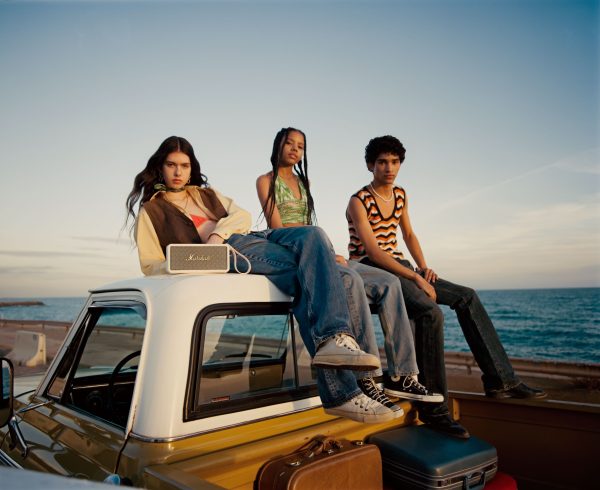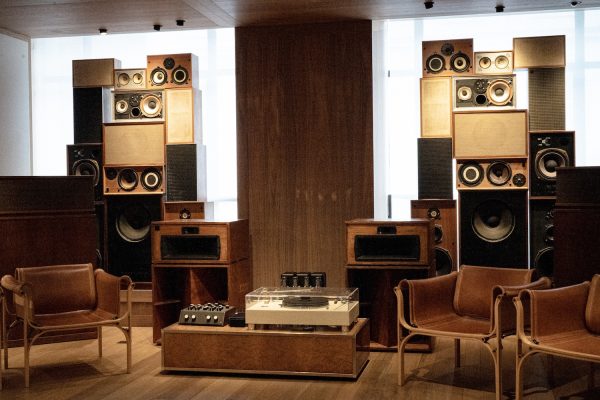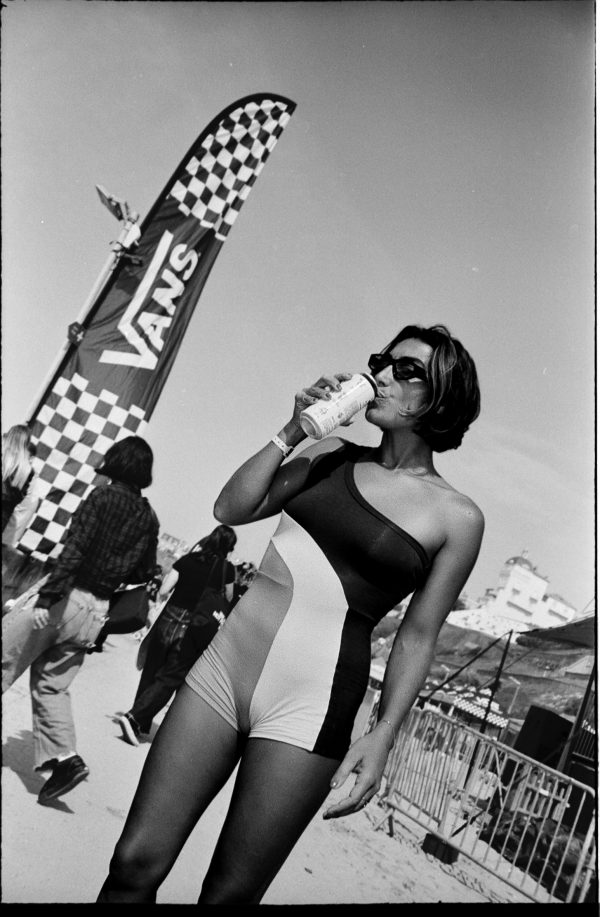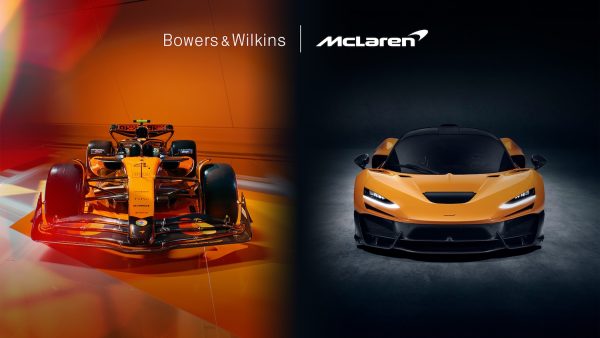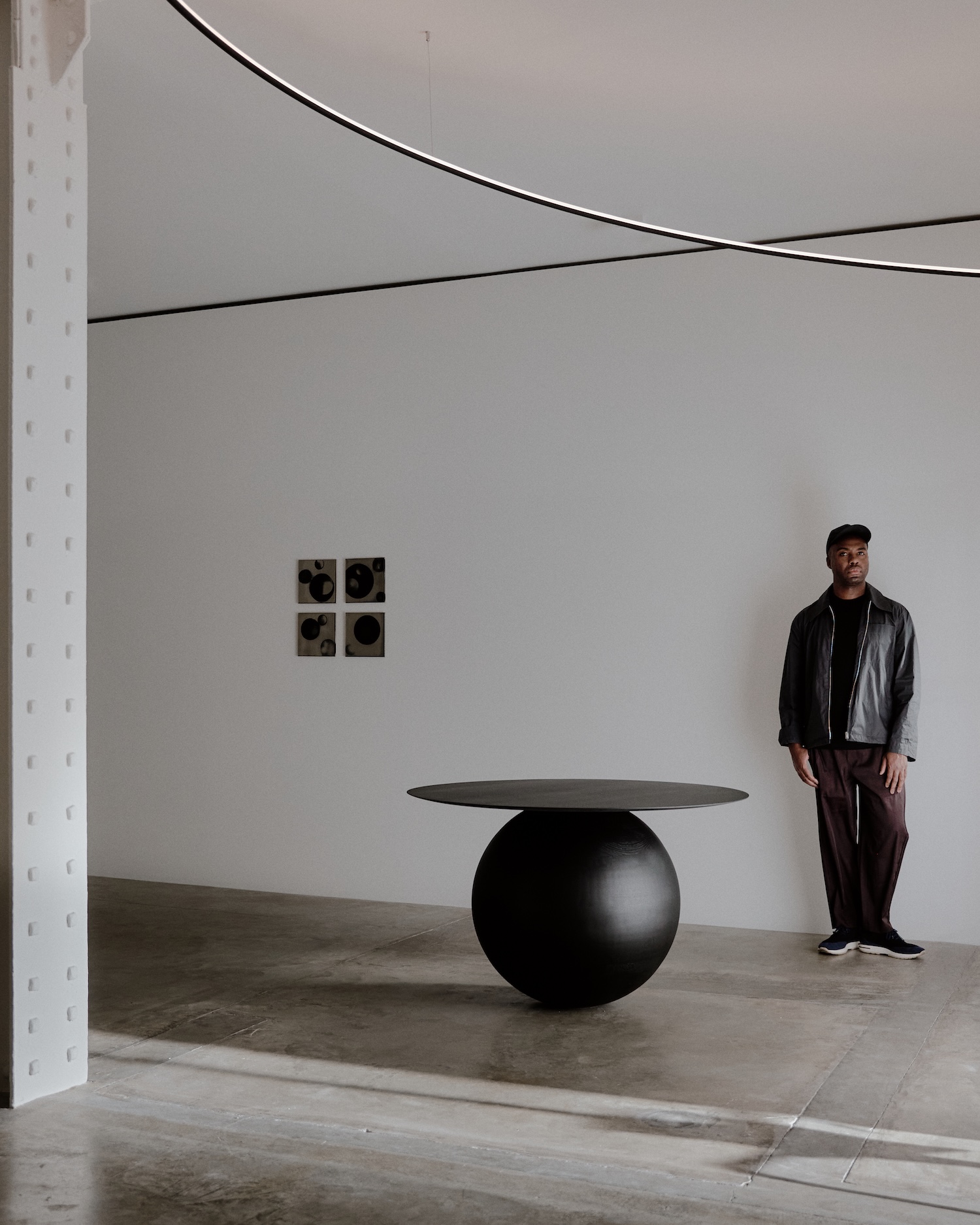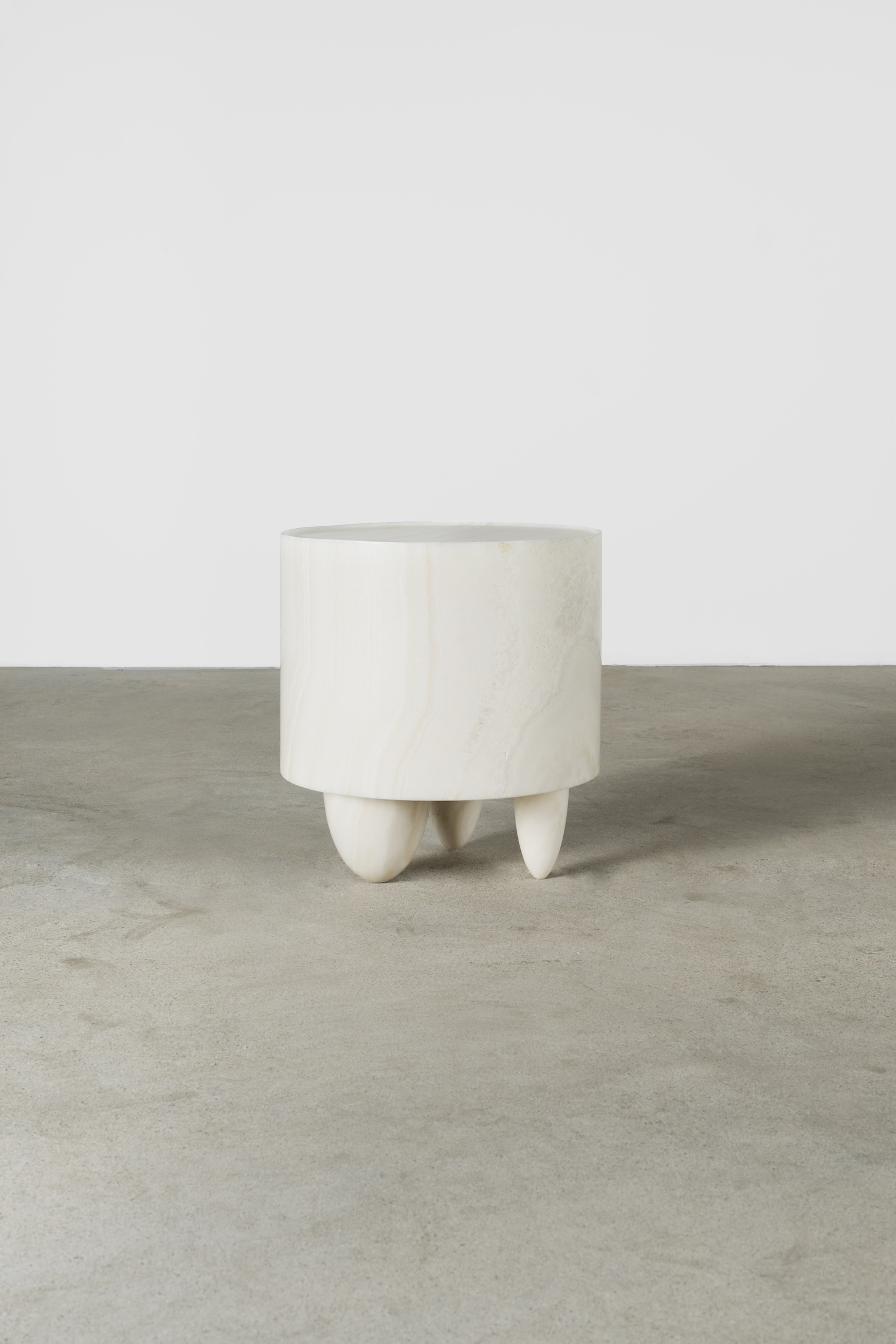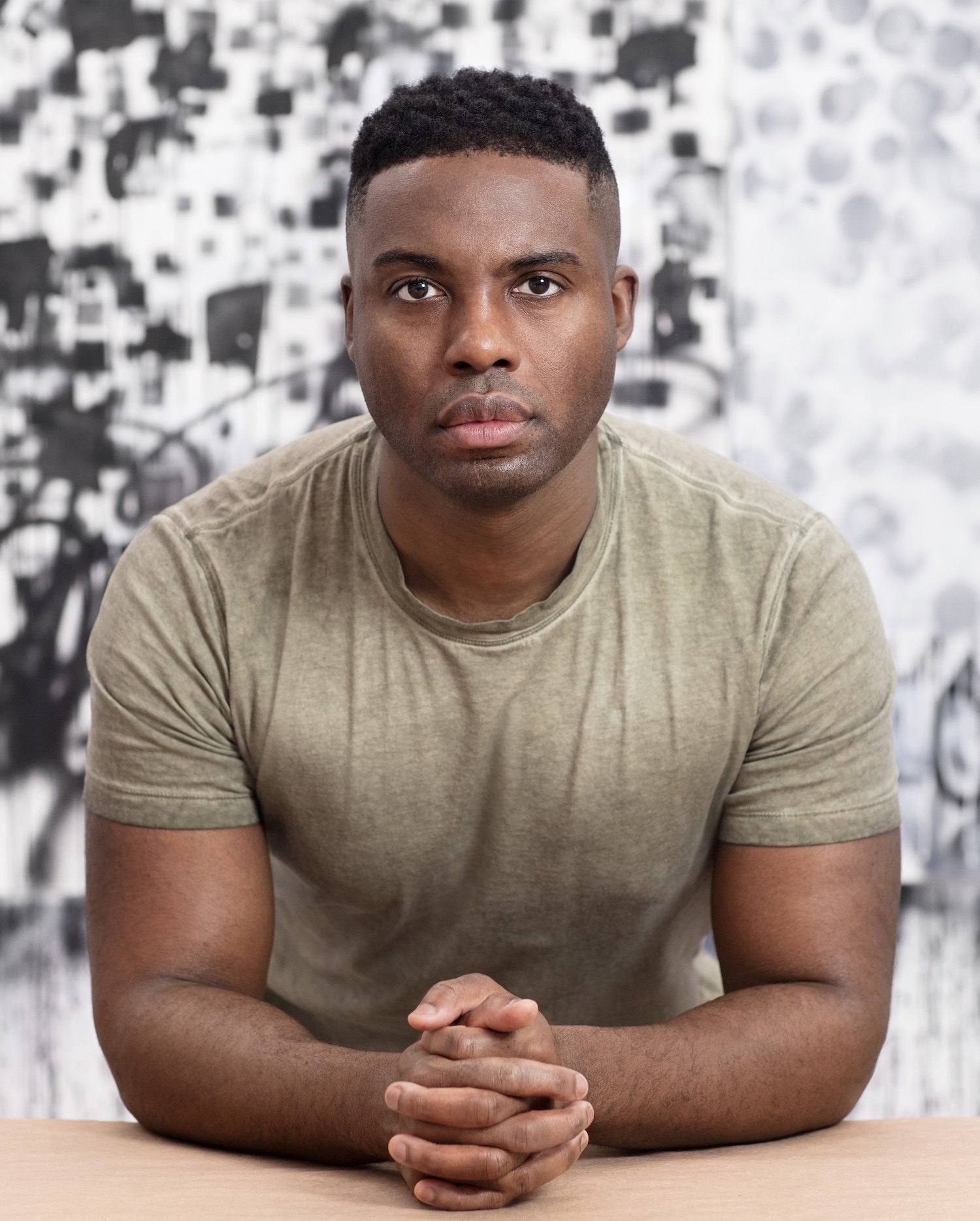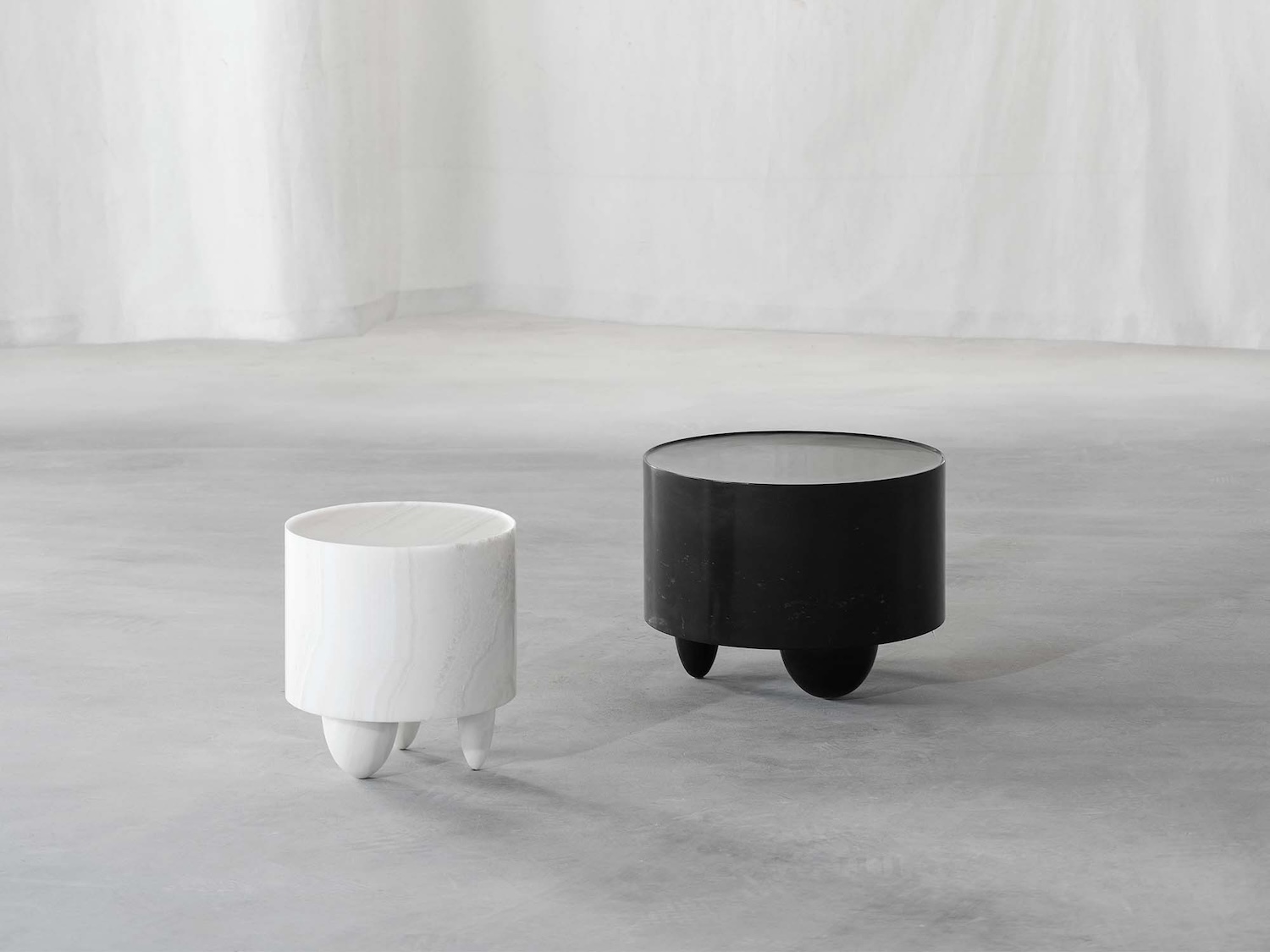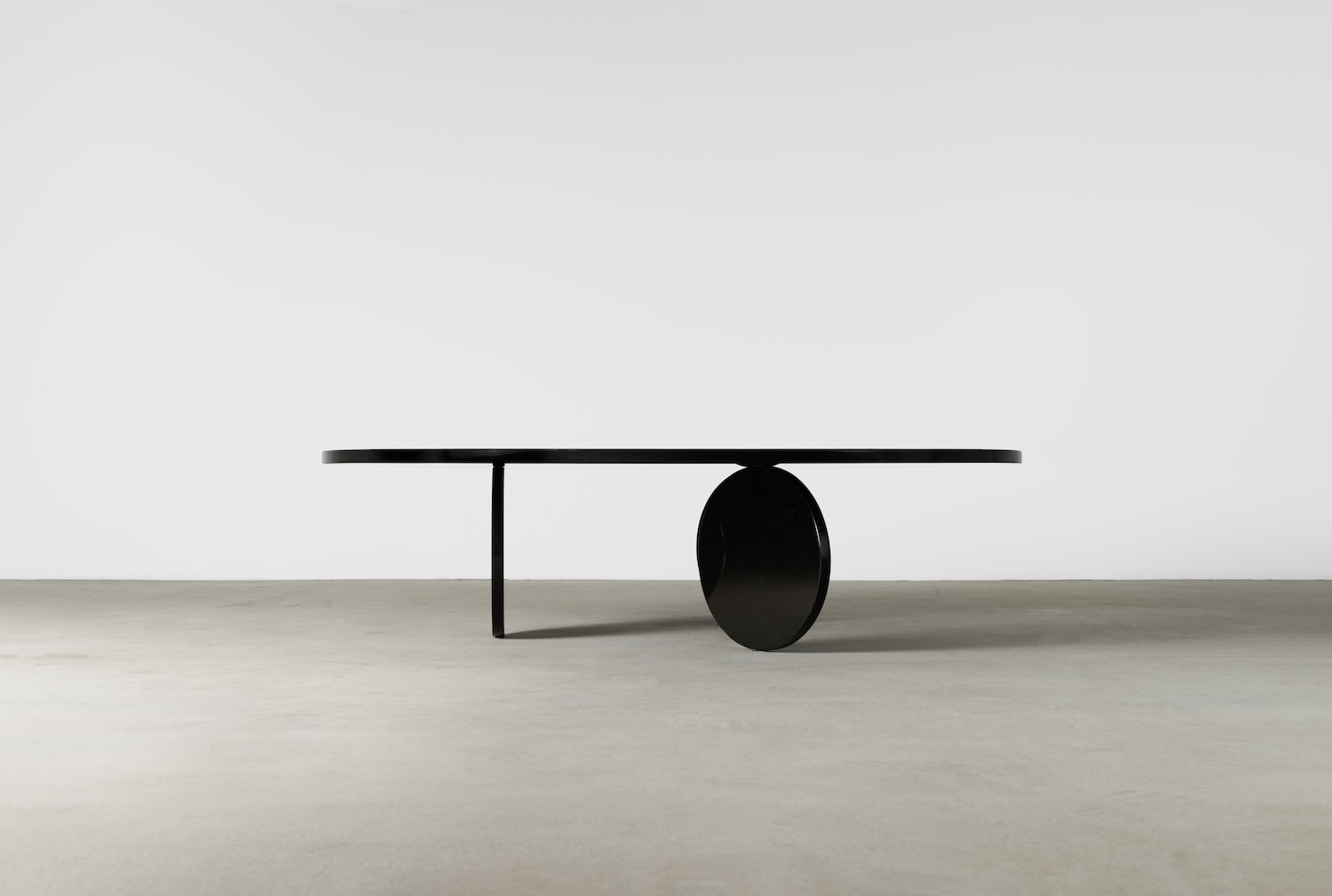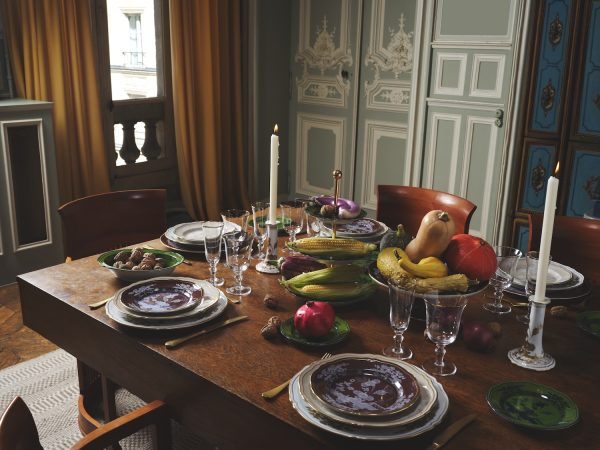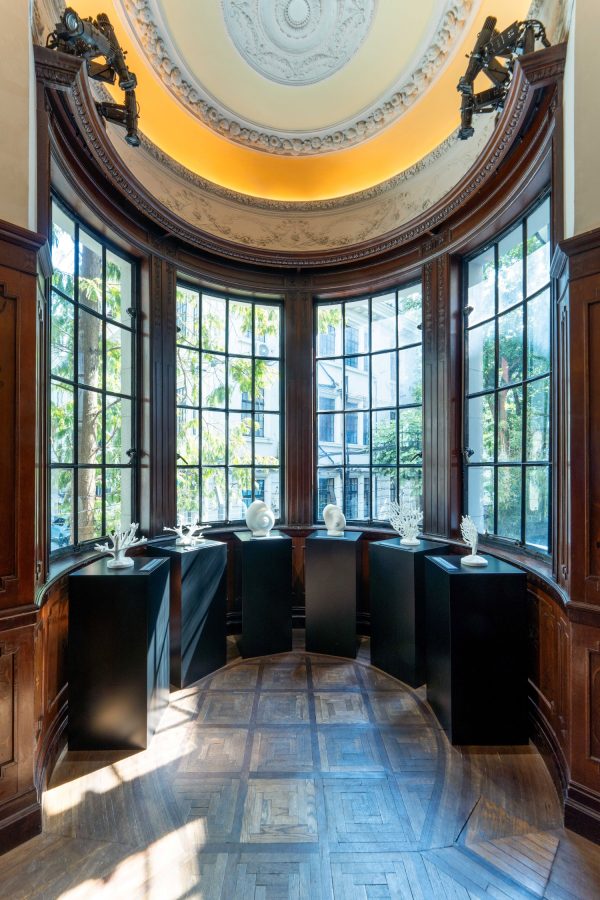
Set in a lush oasis just outside of Marrakech, Jardin Rouge is a unique hideaway for artists from around the globe. Here, the Montresso* Art Foundation offers an opportunity to escape from the distractions of everyday life and focus on creating new work, while interacting and exchanging dialogue with other artists. The foundation also takes on the responsibility of showcasing and selling the work produced during these stays in its impressive gallery spaces and gardens.
It is not the first residency for French artist Cédrix Crespel, who is here with his wife, muse and collaborator Tiphaine. Together they are presenting Ligne Bleue, a new body of work that is radically different from Crespel’s earlier pieces. It is also the output of not only Cédrix, but also of Tiphaine, and stems from the self-portraits she took for him. Like a visual correspondence from one lover to another, Ligne Bleue is intimate and sensual. Schön! speaks to the couple to find out more.
What is the idea behind Ligne Bleue?
Cédrix: There is a change of dogma with this new exhibition. My work is known for being full of colour, but here you will see a new postulate with this use of the colour blue.
Why blue in particular?
C: It’s a constraint we put to ourselves to trace another step in my work. It was this constraint that interested us more than the choice of colour. We chose blue to make the relationship with Marrakech and Yves Saint Laurent, also Matisse, Monoy and, of course, Klein, but it could have been green, it could have been red. But there’s a deconstruction of all that I used to make. It’s a sort of rebirth.

Our Room 2 | Tiphaine Crespel
How did the project begin?
Tiphaine: When Cédrix used to go somewhere for work, I would dedicate some photographs to him. First, I was posing for him as a model and he would direct me. Then I started doing self-portraits – not only depending on his will – and he would reinterpret these photographs.
It’s a sort of exploration of the new love letter, when two people are separated by distance. They were made when Cédrix was far away, not only to nourish him and surprise him but also to explore my own relationship with myself. It’s a very private universe. It comes to nourish not only the relationship but the idea of us as a couple and puts the artwork in the middle of this.
C: The artwork is a fruit of our relationship. We slowly started to erase ourselves to the profit of what we call the third entity. It is just like a third eye that would look at us and could have made this exhibition by itself. It’s a very exterior point of view. I know it’s very difficult to understand this position. We’ve chosen to put a certain sort of equilibrium between our two artworks, so there is my entity, Tiphaine’s entity and the third entity, which is the “The Crespel Entity”.

T: This piece of artwork would identify “The Crespel Entity”. It’s a perfect look at the correspondence between us. It’s scans of my photographs with Instagram hashtags and Cédrix’s painting on these photographs. So, here we are not only into my photographs or Cédrix’s paintings, but a synthesis that would put both together.
C: Here you see Tiphaine’s leg, with a shoe. She’s laying on a sofa, with her knee here, her breast, her face. This is an interpretation of Tiphaine of course, but it’s not that that is important. If you see the body, the legs of Tiphaine, that’s good, but if you don’t, that’s also good because you are into the vibrance of the painting. There is a painting but there is something that comes out of it, like a dance, like vapours that you cannot touch or explain.
I place the paint, which is an inert matter, but the final painting comes out with this sort of energy that I do not master. Of course I master the codes, the calligraphy, the colours, the interpretation of Tiphaine’s Polaroids, but I do not master and do not want to master, that vibrant energy that comes out of the painting. This energy is exactly what is “The Crespel Entity”.

Discipline 1, My Trench & My Trench 2 | Cédrix Crespel
It is also much more abstract than your previous work.
C: With the abstraction movement, we were focusing more on creating emotion through an artwork than being into the representation or something that is more concrete. In comparison with my other artwork, we are now in between representation and something that is not readable. This something I want to continue doing in the coming years. At this point in my career, at 45 years old, with 700 to 800 artworks, I’m trying more to suggest in my paintings than to affirm or to represent. I’m not a young man now [laughs]. When I was young, I wanted to cry out, but now there’s more subtlety.
And will you continue with the same use of colour?
C: Of course, now we are into the blue, but we’re more into the dogma of the blue. I don’t want it to be a gimmick. I want to go back to colour but rich with this image of Ligne Bleue and what it means. It’s not the only colour in the next show, which will take place in Marseille in May. There’s also something new: what this brought us, translated into my next project. It’s just the beginning.

Sang Bleu & La Gitane | Cédrix Crespel
Ligne Bleue is at Jardin Rouge until November 26, 2019. For more information, click here.
words. Huma Humayun
images. courtesy of Montresso* Art Foundation


Schön! Magazine is now available in print at Amazon,
as ebook download + on any mobile device
































































